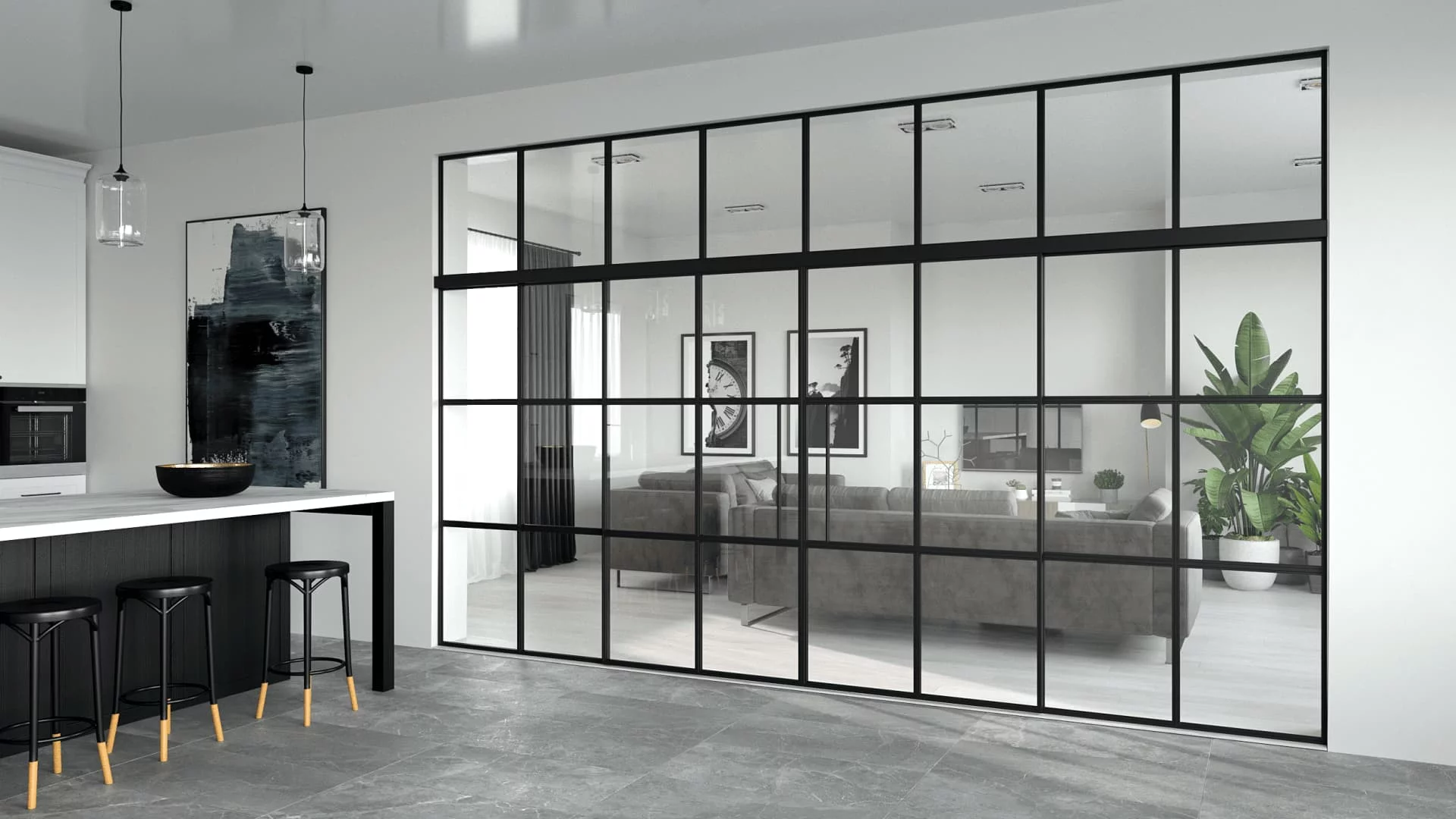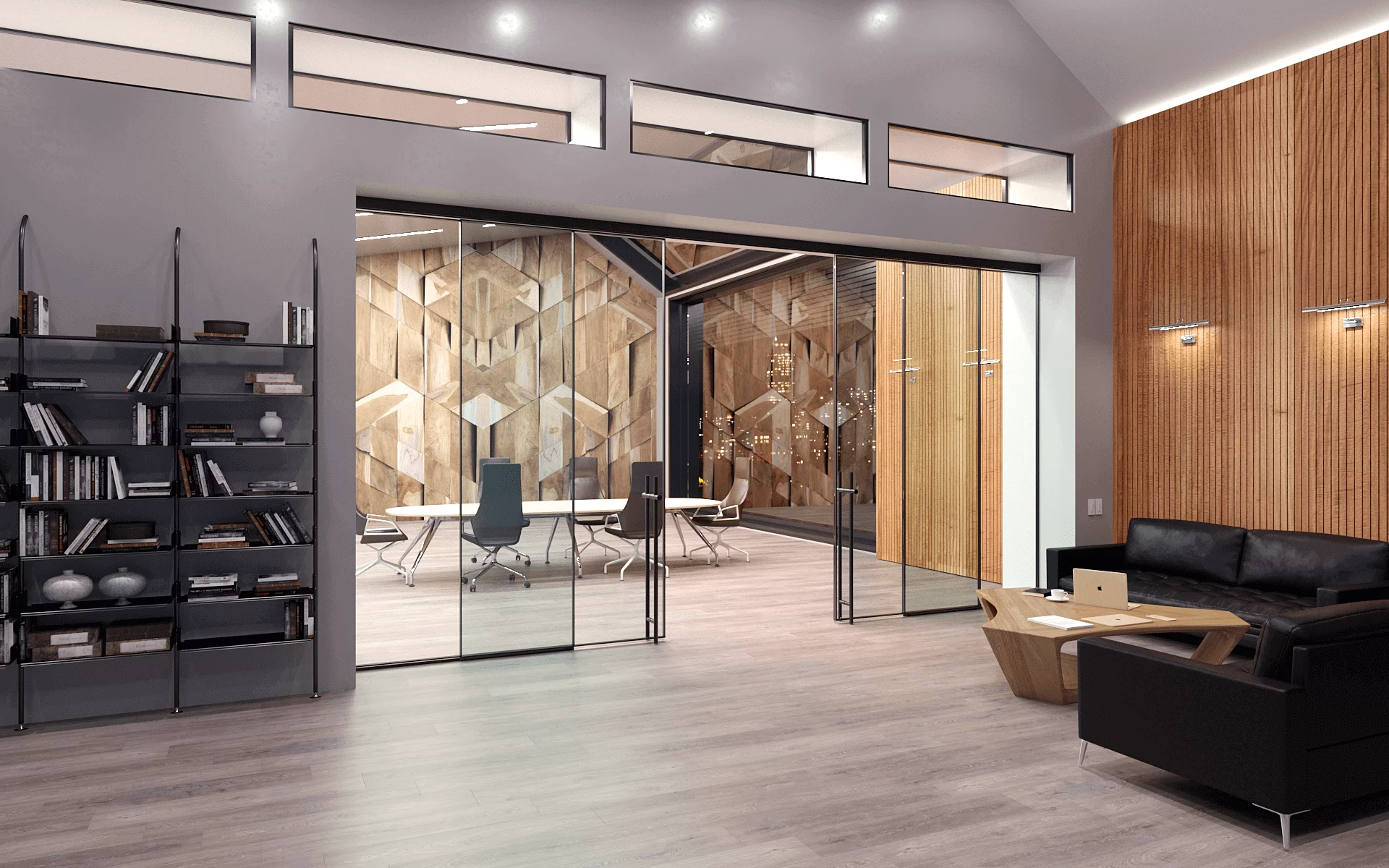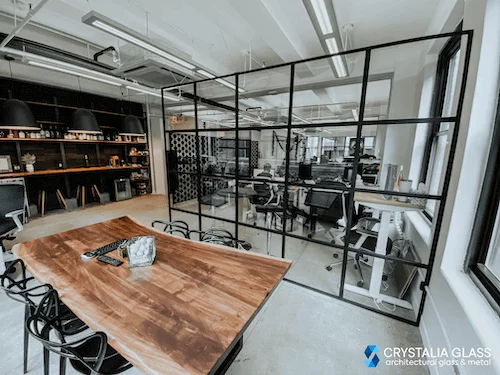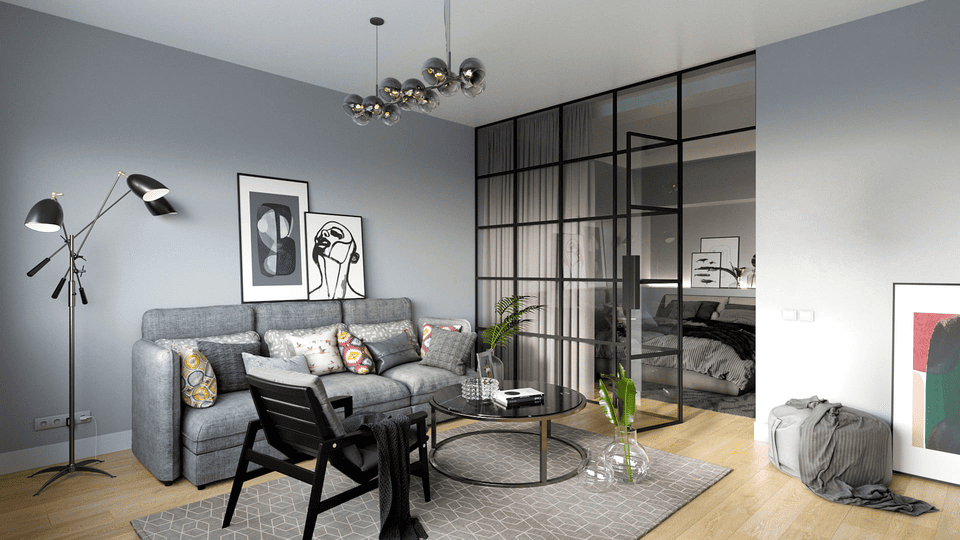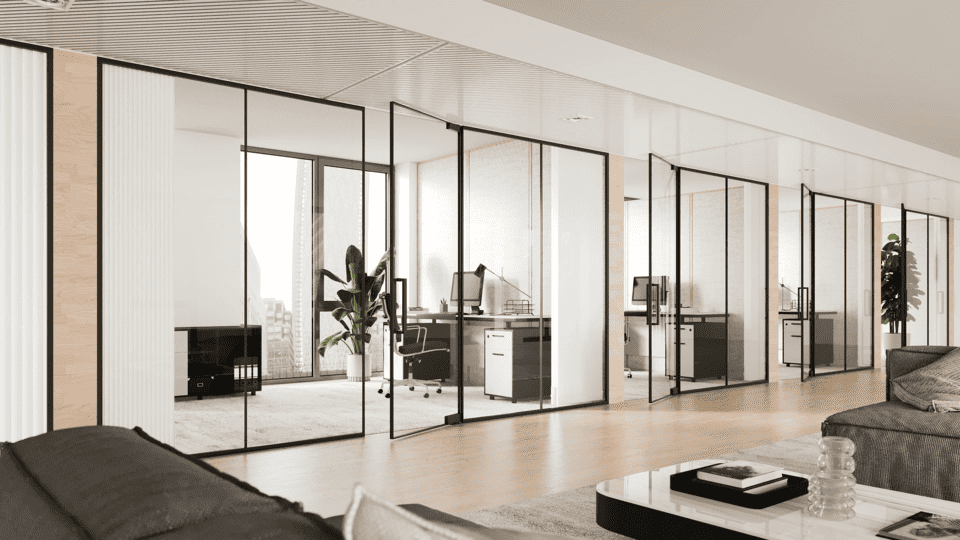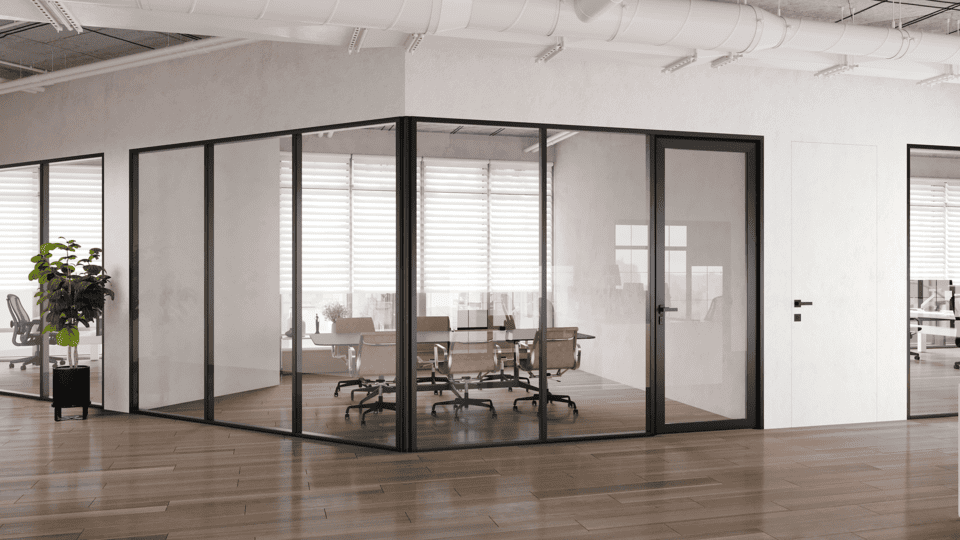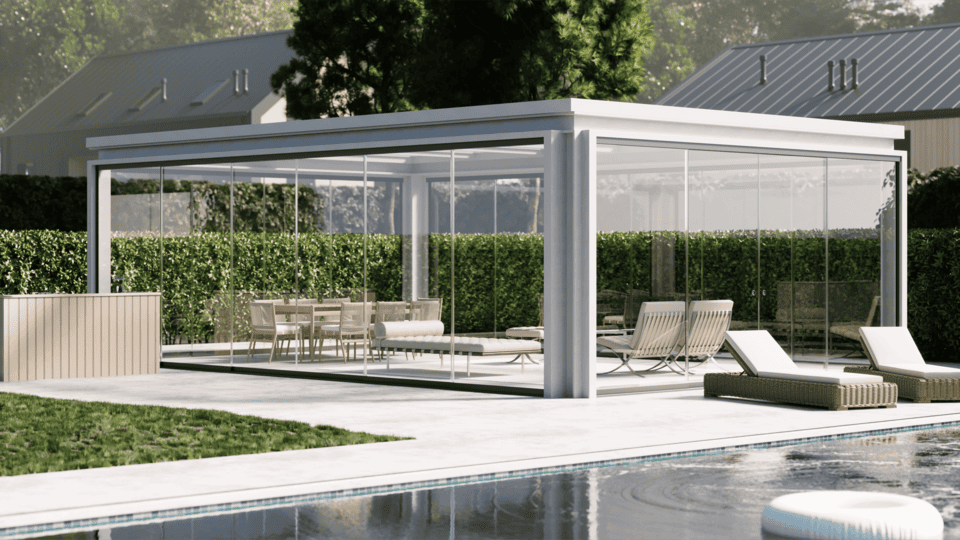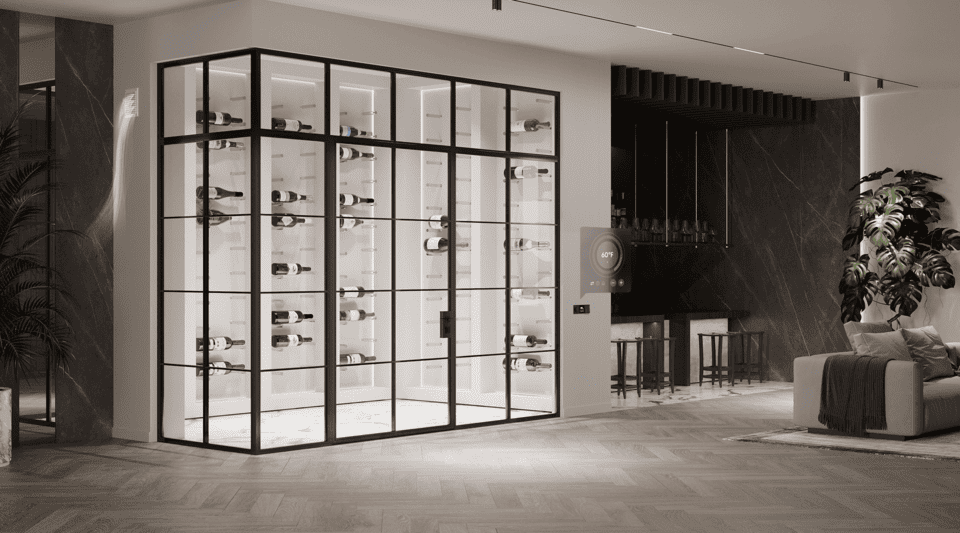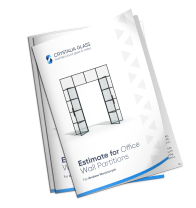Art Deco Patterns, Colors, and Materials in Interior Design
Conceived in the 1920s, for a hundred years already, Art Deco has kept its position as one of the most renowned and influential styles in architecture and interior design. Bold, sleek, glamorous—the style manifests in luxurious materials, rich colors, decadent details. Anyone in love with the “Great Gatsby” atmosphere, or magic of early Hollywood, would enjoy Art Deco patterns and accents in interior design.
Let’s look at how to add style and functionality to an open-floor apartment with the use of Art Deco patterns, motifs, and details.
Art Deco origins
Art Deco is a child of the Interwar period, absorbing the zeitgeist of post-WWI France and forming a visual representation of its dreams for progress and prosperity. The firm base of Art Deco is woven with other artistic movements of the time: Cubism with its strict geometry and angularity; Constructivism adds impetuosity and boldness of the Machine era; Art Nouveau, its closest predecessor, shares floral and animalistic patterns, softness, providing sensations of a gentle flow.
The Roaring ‘20s and ‘30s, no doubt, were reflected in Art Deco as the world changed overwhelmingly fast.
- Technical advances of the Machine Age brought decisive straight lines and bold color contrasts to architecture and costume.
- Archeological findings from expeditions to previously inaccessible, exotic countries inspired Art Deco patterns, particularly the Pharaoh Tutankhamun’s tomb from Egypt and the Mayan pyramids and Aztec motifs from Central America.
- With the rise of cinema, the silver screen images and motifs of early Hollywood not only influenced the lifestyle and aspirations of the public but also spread offscreen as a new form of self-representation and self-construction, including into apartments and interior design.
The image of an abundant and profuse lifestyle got put on pause with the devastation of WWII, which brought the austerity of raw functionality to design. At that point, Art Deco froze, substantially unchanged from how we know it today: a clear and distinctive style, easy to implement in modern apartment design and interiors.
Art Deco materials
Thinking about Art Deco materials, one should keep the main features of the style in mind—bold, luxurious, elegant, decadent. At the rise of the movement, in addition to classic materials such as lacquered wood, steel, and glass—all polished with shining, bright finishes—exotic materials were popular: ivory, crystal, animal skins like those of zebra or shark, tortoiseshell, leather, mirrors. Some materials from distant parts of the globe became reachable due to increased facilitation of travel and were highly demanded.
Glass and steel were widely used as brand new materials at that time. Along with technological progress, the style grew richer with newly available materials like woods and metals processed in a more sophisticated, cost-effective way and plastic. Still, the ideas of progress and the potential of humankind made some think ecologically and choose more lasting and harmless materials, like steel and glass, and avoid using animal fur or bones as decoration.
Art Deco patterns
Patterns are a key element of Art Deco. Their use is very widespread, rich, and impressive. Ornaments and motifs are very characteristic and can hardly be mistaken for any other style. Among the most popular Art Deco patterns are
- Zigzags, ziggurats, chevrons: mathematically accurate geometrical shapes, repeating self-enclosed motifs, and minaret-like stepped ornaments that resemble the Aztec pyramids, succinct and symmetrical.
- Sunbeams, shells, fans: resembling all at once the mask of Tutankhamun, the birth of Venus, the fan of a dancer or a peacock—the emanation of chicness, luxury, innocence, and power.
Let’s consider some ideas on how to implement Art Deco patterns to an apartment interior. In general, materials that easily display patterns include fabrics, furniture upholstery, and wallpapers. A more sophisticated option is to have a partition from steel and/or glass made. A partition itself, as a modest zoning tool that divides an open-floor layout in a functional space, is invaluable. Moreover, decorative technologies allow a partition to be a medium for the style.
And mediums can be mixed! Metals like brass, aluminum, or steel with glass in a variety of finishes can create a unique Art Deco object. Steel patterns like stripes, chevrons, or stepped lines can be applied to glass partitions. Another option is a whole-metal partition with laser-cut ornaments. The number of options is only limited to one’s imagination.
Color schemes
In terms of colors, Art Deco loves striking contrasts and subtle shading; rich and vivid colors are widely used. Reds, greens, blues, blacks, pinks—all conform organically with metal, crystal, silver, and mirrors. Also, for a softer effect associated with bedrooms and dining rooms, there are neutral Art Deco color schemes. Pastel tones, beiges, creams go perfectly with lacquered wood or any polished glass surface. A variety of glass finishes are appropriate. Use any of the colors and effects named above to complement a functional glass object in the apartment, from a coffee table to a transom.
Additionally, glass partitions are used to solve several practical concerns of an open-concept layout. Frosted and satin glass finishes on a partition add privacy and provide distinct zoning. With tinted glass, one can create rich color accents, while textured glass can subtly add more Art Deco patterns.
Elegant and luxurious, Art Deco features in an apartment create high contrast and boldness in the space. One can enjoy a succinct monochrome palette, plenty of vivid color accents, meticulous geometrical patterns, and roundish or streamlined motifs. Just bringing some Art Deco objects into an apartment can create an expensive, classy look. And Art Deco patterns can create a sexy, streamlined effect.
Both a decorative and functional option for an open-floor apartment is steel and/or glass partitions. With the use of glass finishes and laser-cut technology, a partition design can include Art Deco patterns in the preferred color scheme. A partition can become an influential statement in the interior, bold and elegant, a central element for the smaller decorative features to play with.

